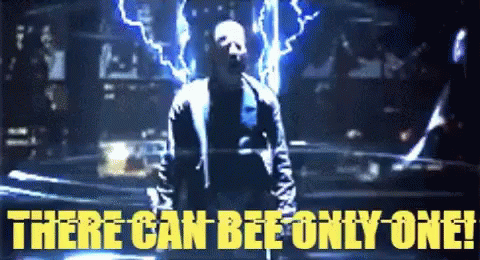
The One And Only: Singletons In Unity
Much like the Highlander as with Singletons there can only be one. So controversial are singletons that they’re often considered an anti-pattern by some software developers. So what is a Singleton really? They are defined simply as “ensures only one instance of a...
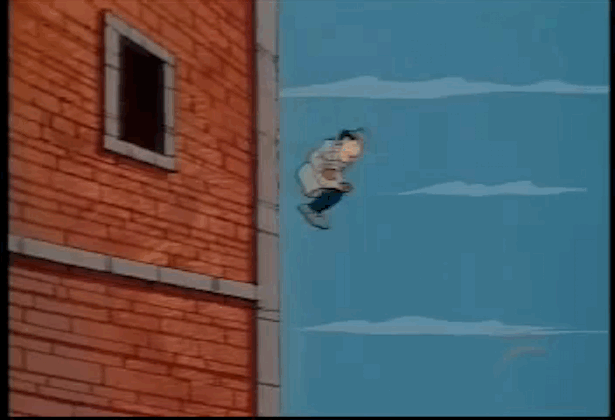
Extendomatic: Adding Storyboards, Camera Shake, Post Process To Cinemachine Virtual Cameras
Part of the benefits of using Cinemachine and it's virtual cameras is the versatility in the extensions that they have. You can create storyboards, add camera shake, and even setup custom post process profiles for your virtual cameras to help organize and convey the...

Who’s The Manager: Managing Manager Classes
Managing projects beyond a single scene become infinitely more complex and quickly require you to consolidate your code into Manager classes. These classes help centralize your code and help enforce DRY (Don’t Repeat Yourself) as well as simplify the number of scripts...

Candid Camera: Creating A Handheld Camera Using Cinemachine Noise
Static cameras make for boring scenes, unless it's a fixed view like a security camera it is more likely to create dynamic scenes you'll have to add a bit of noise. In this article we'll cover how to make a handheld style camera to add a bit of movement to your...
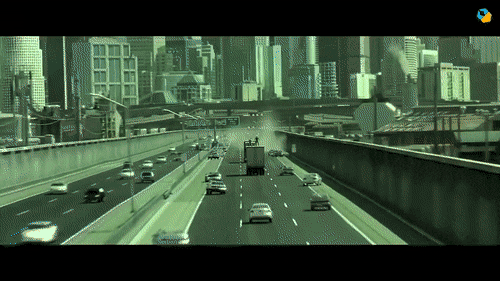
All Mixed Up: Combining LookAt and Body in Cinemachine
Cinemachine is a powerful tool that allows developers to easily create and manage dynamic, visually pleasing camera shots in their games and interactive experiences. One of the key features of Cinemachine is its ability to create various types of "bodies" that can be...

What Was That: Creating A Distraction Mechanic
As we continue to layer more and more complexity with game mechanics this will invariably lead to submechanics of larger more complex system. One such submechanic would be a distraction system as a part of a larger detection mechanic. We’ll be using a previous example...
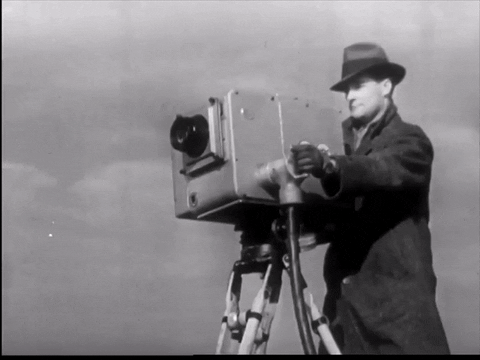
Body Shot: Virtual Camera Body Settings
In a previous article we talked about the general settings of a Cinemachine Virtual Camera which briefly covered Aim Settings and Body Settings. In layman terms Aim Settings cover the rotation of the virtual camera where Body Settings cover the transform of the...
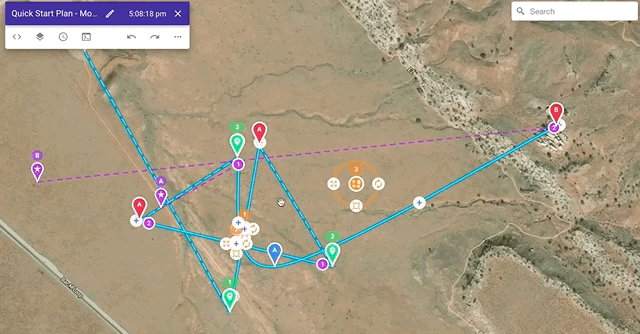
Waypoint Madness: Crafting A Reusable Modular Patrol System
As you code more and more advanced AI you will need to create greater and greater types of complex movement. Simply following the player around isn’t enough to create compelling gameplay. For example when layered on other complex systems like the motion detection...
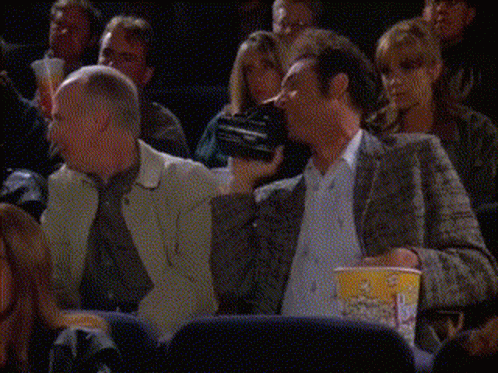
Virtually Cinematic: Unity Cinemachine Basics
Setting up camras in Unity is a pain but with the built-in Cinemachine package, you can allay those concerns with a powerful set of cameras and tools that make composing the perfect scene a snap. If you haven't already, start by heading to Window>Package Manager to...

Now You See Me: Creating A Detection Mechanic
Giving enemies the ability to detect and react to your player is a fundamental mechanic that act as the bedrock of enemy AI. This can be as simple as target acquisition to chase or shoot at your player or creating more complex mechanics such as a stealth or cover...
